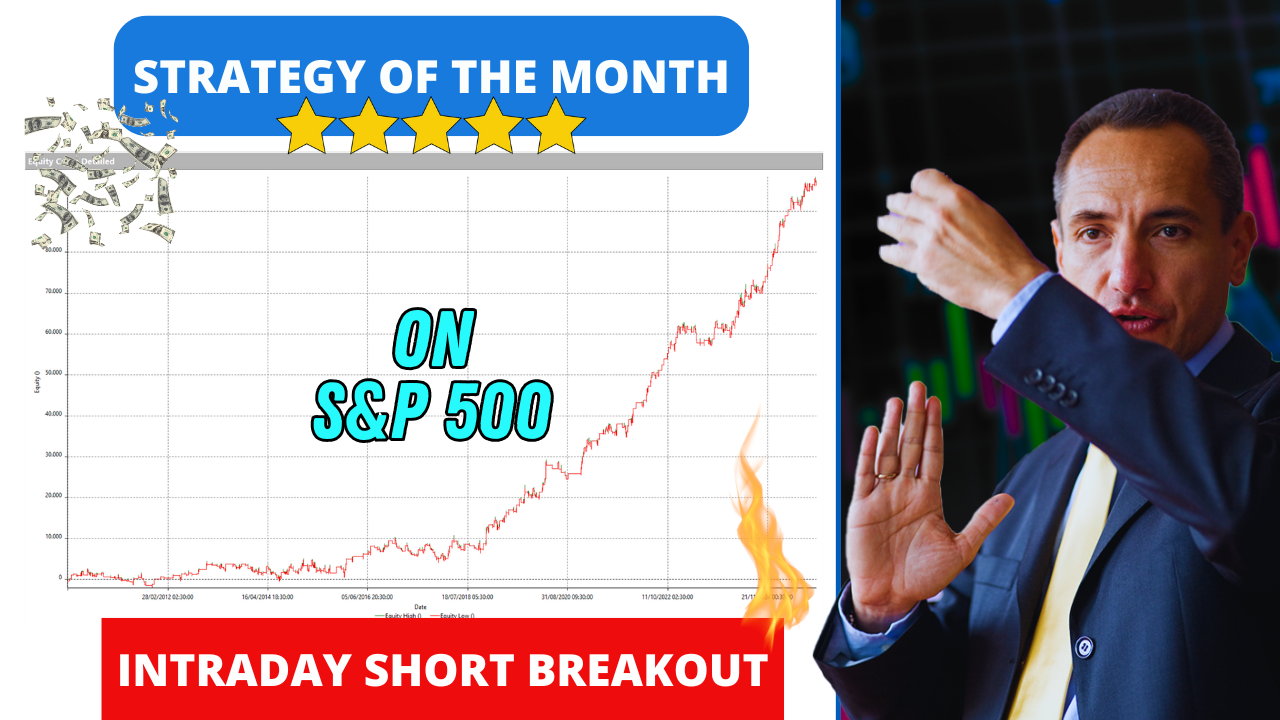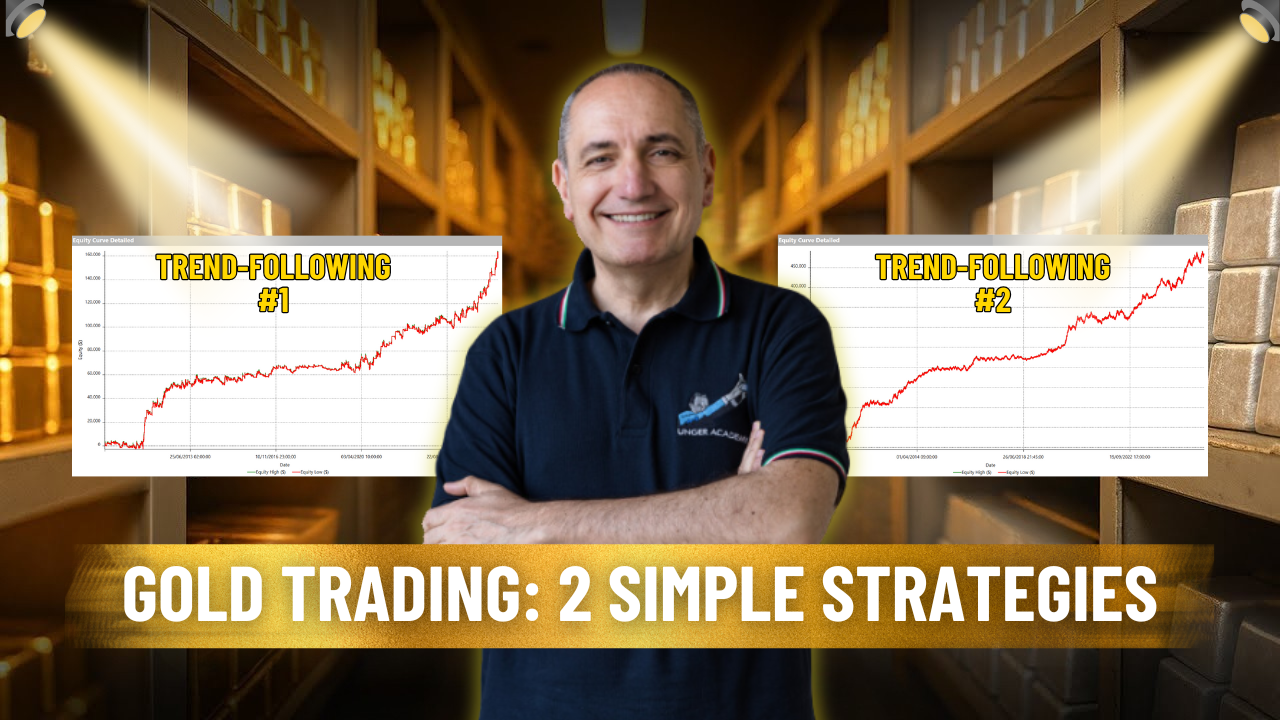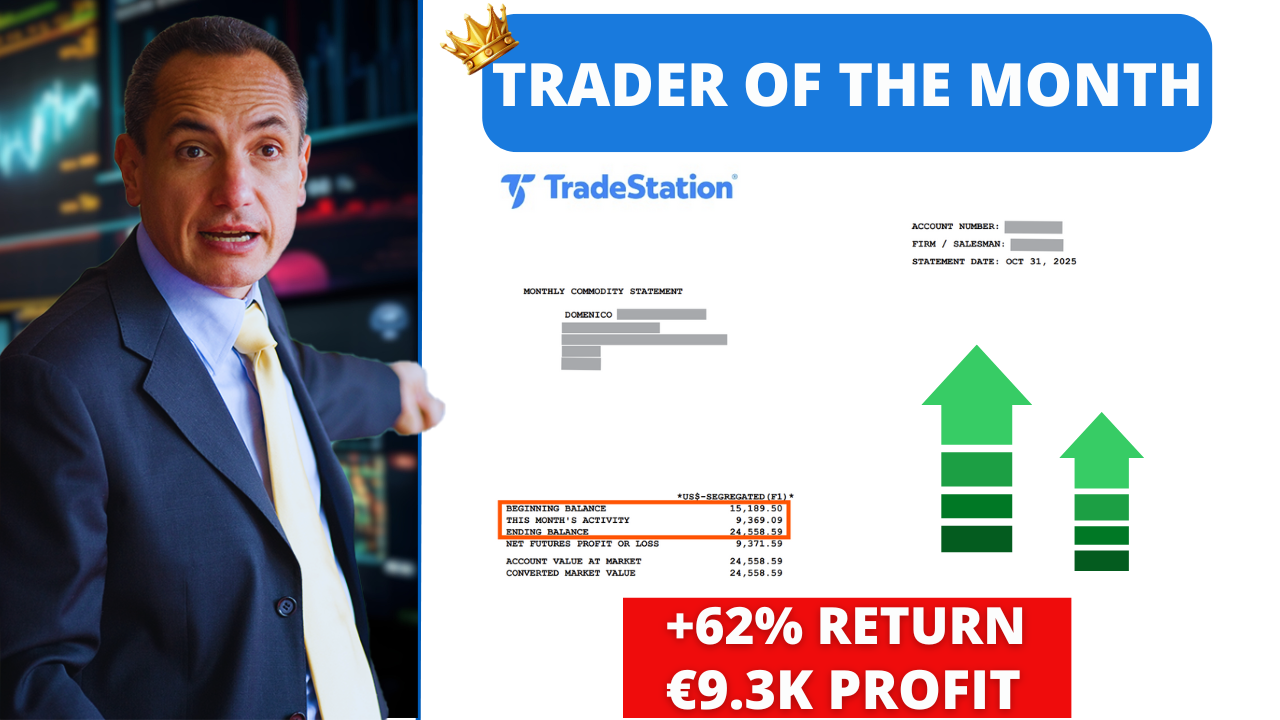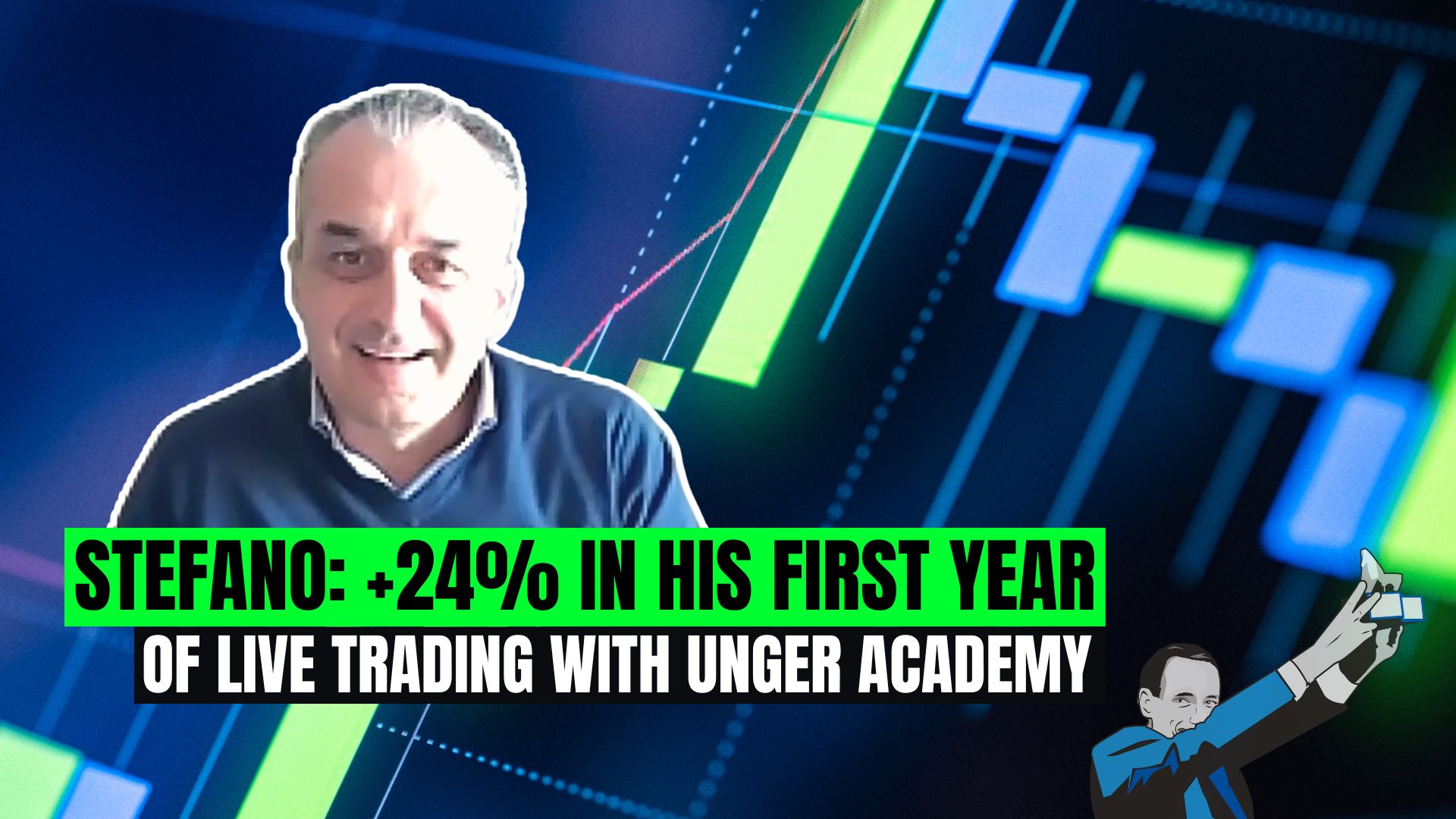Hi everyone, and welcome to this new video. Today we are going to talk about Pivot Points. I am Alessandro Ntanos, one of the coaches at Unger Academy.
I have often noticed that there is a lot of confusion regarding indicators. Traders often tend to overestimate the performances that these indicators produce and also tend not to backtest the signals generated by the indicator. I am going to investigate further and today we are going to make some tests on a varied futures basket to evaluate statistically whether there is an effective edge in trading with this indicator.
“Pivot Points” identify levels of the market on which prices may react. They are the product of mathematical formulas that I want to tell you, are really simple and easy to understand – we will see them soon. They can be used in different ways with different approaches, both trend following and reversal and we are going to evaluate which one is better and if in general there are benefits arising from this indicator if compared to our classical approach.
Before starting, do not forget to subscribe to our channel. Click on the bell to be always updated with our new content.
Pivot Points Theory
If we plotted Pivot Points on a daily chart, we would see something similar to this. They are calculated once a day, regardless of the time frame used. They identify points, as said before, that will be updated once a day and not bar by bar, as happens with many other indicators, as they are related to the values of the day before. Let’s take an example, and let’s try to simplify this concept by doing an example on this bar. We want to try to calculate Pivot Points of this bar indicated by the blue arrow. The formula of the Pivot Point is calculated as the arithmetic mean of three values; all three refer to the session that has already ended. In particular, we will need the high of the day before, the low of the day before, and also the close of the day before. As we can see in this bar, the high is set here at this point, the low of the previous bar is this one, and here we have also the close of yesterday.
Pivot Points Calculation Example
If we transform now the daily bars into intraday bars, we will see something similar. In this case, we have just split the previous daily bars on a higher frequency time frame, so we can go more in detail. We can go ahead, calculate, and see how Pivot Points are calculated. As said, the Pivot Point is calculated as the arithmetic mean of three values – high, low, and close of the day before and there are also two levels called “supports” and “resistances” that are also called S1 and R1, and they are just the product of two times the Pivot Point minus the high of the day before for what regards the support; and two times the Pivot Point minus the low of the day before for what regards, of course, the resistance. There are also two more levels – “support two” and “resistance two”, calculated as the Pivot Point minus the high-low range of yesterday for support number two and the Pivot Point plus the range of yesterday for resistance number two. There are also in some cases support number three and resistance three, but we will not see them, as they are not commonly used, and they don’t provide any significant signal. So, let’s take an example now to better visualize this indicator. We know that we need three values – the high, low, and the close to calculate the Pivot Points, and in this example, we have the high of yesterday at the value of 100, and the low at 90 points, and the close was at 94 points. Knowing that it is really easy to calculate the Pivot Point: it will have a value of 94.67. Now that we have calculated the Pivot, we can find the support one and resistance one levels, respectively at 89.34 and the resistance at 99.34.
The theory behind this indicator states that when prices approach these levels, they may react and provide signals for our trading systems, both reversal and trend following. So now, let’s take a look at how these two types of strategies – reversal and trend following – behave on a varied futures basket to see which one is better.
Reversal Strategy on Pivot Points
Now we are seeing the Portfolio Trader of MultiCharts. It is a very useful tool to conduct this kind of test, as we can combine many instruments with a single strategy to see how it performs on the whole basket. In this portfolio, I’ve put different underlyings: there are energy futures like Crude Oil, Heating Oil, RBOB Gasoline, and Natural Gas. There are also metals like Gold, equity indices like the DAX, for example, or the mini S&P 500, but also commodities and currencies like Soybeans, Wheat, British Pound, and Euro. Basically, all instruments are different, and this will allow us to test our strategies properly.
We’ll start with the more classic idea of the Pivot Points – the reversal on the support and the resistance and we will close the position at the end of the day. As we can see, I’ve already created the strategies. There are, of course, some variables here to find the Pivot Points. So, we need variables to calculate all the levels that we saw before and also the levels that we need to calculate the Pivot itself: so the high, the low, and the close of the day before. We will equalize this variable to a function that identifies the levels that we need – so the high, low, and the close of the day before. This one in the parenthesis means how many days back we want to find the level and here we just replaced the formula that we saw before, so “my pivot”, “my resistance number 1”, “my support number 1”, “my resistance number 2”, and “my support number 2”.
I also added some conditions. Here we can see that if MyTrigger – that is an input and we can use it as we want – is set at “1”, we will use as “long entry” and “short entry” the “support number 1” and the “resistance number 1”. Instead, with MyTrigger equal to 2, “long entry” will be equal to “my support number 2” and “short entry” will be equal to “my resistance number 2”.
Here finally, we have the entry conditions. We will enter, as said, at the “long entry” level and at the “short entry” level with a limit order and at the end of the day, we will close our positions. As we can see, the code is really simple, and with this command, we can close our positions at the very last bar of the session.
Test on a Futures Basket
OK guys, now we are back at our portfolio and we are going to see the performance report. Unfortunately, the results, as we can see now, are not satisfying at all. We were expecting a very different result and looking at the equity curve, we are not happy, of course. The average trade also is negative by $15, and in general, we can say that the strategy loses money constantly. So, what if we used the opposite idea? I mean, if this strategy is losing money, if I flipped the entry conditions and changed them from a reversal entry to a trend following entry, logic says that we’ll see some profits. There are, of course, many other possibilities to trade this kind of strategy. By adding more triggers, for example, and playing around with the Pivot Points levels to see if there is something that fits better than this. We will see some of these possibilities in the second part of the video, where we will test them to see if there are any improvements.
Conclusion
OK guys, as said, the first part of the video is over. It was pretty theoretical, but also with some practical examples. In the second part, we’ll pick up from where we stopped. Now I’ll let you digest these notions and I give you the appointment to the next part to find out more about this indicator. I hope you enjoyed this video and that it gave you good insights for your trading systems. I would like to remind you to subscribe to our channel by clicking on the bell below to be always updated on new content. Under this video, you will find also a direct link to one of our webinars that is completely free, and it will show you how to create your own portfolio of diversified strategies. Thank you for your attention – see you in the next video!







